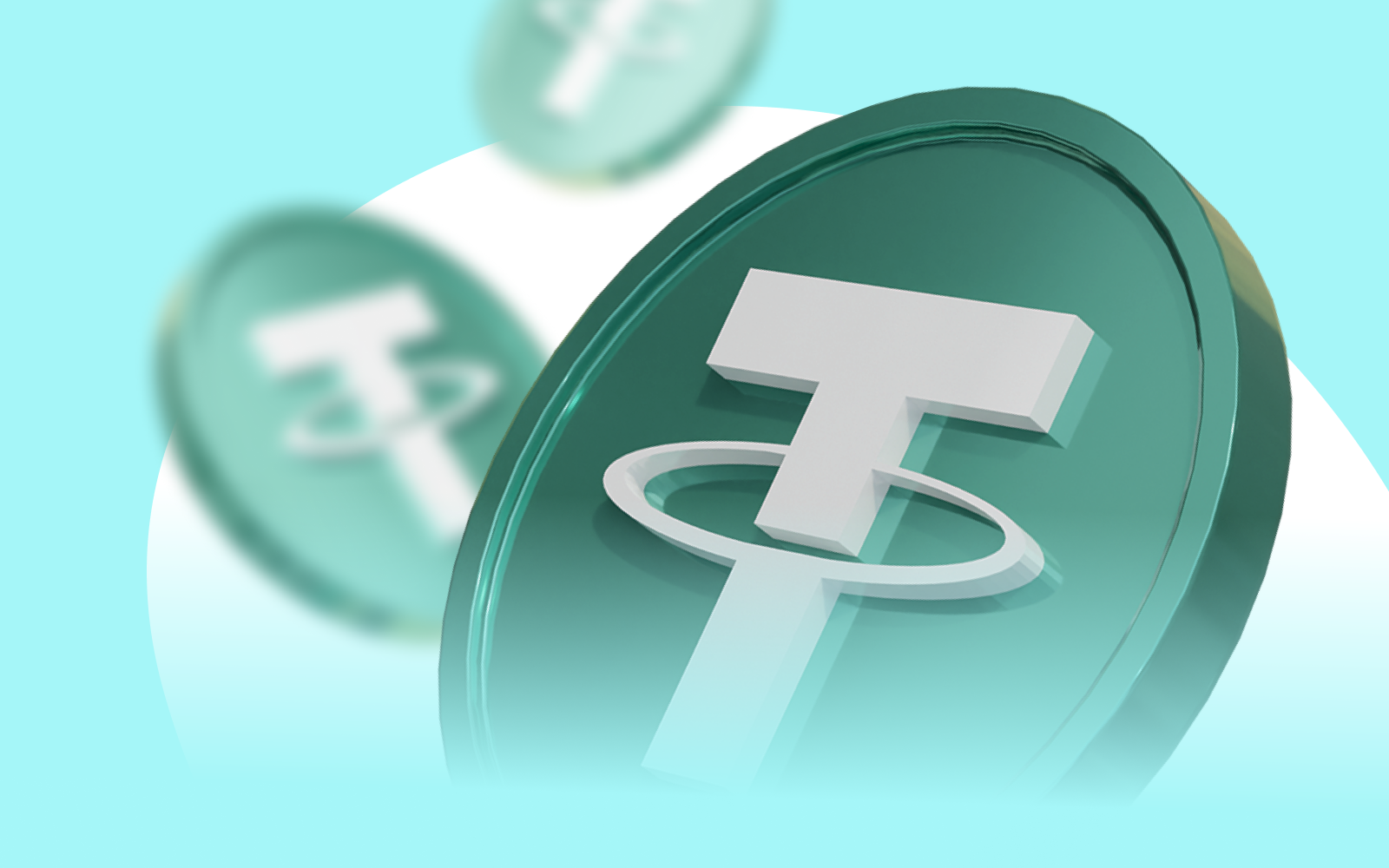Stablecoins like USDT (Tether) are rapidly growing in popularity, which is transforming Romania's digital finance sector very quickly. Stablecoins are needed by businesses, freelancers, and cryptocurrency owners to send and receive money quickly and easily across borders. Banca Transilvania (BT) and BRD Groupe Société Générale (BRD) do not directly handle USDT transactions; however, they are the preferred banks in Romania for receiving RON from USDT conversions facilitated through regulated partners and exchangers. These are the banking systems that let you easily change RON.
Even while neither bank directly trades or holds cryptocurrency, they both operate as local clearinghouses that let customers send or receive fiat money after a stablecoin transaction. Romania is shifting towards regulated and expert stablecoin payment options as the market evolves. This is because banks clear fiat, and fintech intermediaries handle crypto.
How USDT Payout and Collection Work in Romania
Romanian banks prohibit direct cryptocurrency or Stablecoin settlements due to the regulatory restrictions that are currently in place. Both BRD and Banca Transilvania follow similar policies restricting virtual currency transactions. But both banks are very significant when users convert USDT to RON.
A compliant fintech or payment gateway that connects cryptocurrencies and fiat is frequently part of the procedure. The gateway transforms the digital asset into RON and sends the money to the user's BT or BRD account when they sell or withdraw USDT. This lets complete settlements quickly in Romania while still obeying Romanian financial rules.
In the real world, more and more professionals, notably freelancers who get paid in stablecoins, are using Banca Transilvania and BRD accounts to acquire RON payouts from dependable conversion partners. This strategy is quick and easy, and it doesn't require banks to deal with Bitcoin.
Also Read: USDT Payout and Collection in Czechia – Česká spořitelna and Komerční banka
Market Liquidity, Pricing, and Transaction Flow
Romania has a modest but active market for converting USDT to RON. As of October 2025, USDT typically trades near 4.36 RON based on major exchange data. Which means that the stablecoin and the local currency are almost the same. This indicates strong liquidity management by local market participants and that Romanians are becoming acclimated to using stablecoins to pay.
Even though it is lower than in Western Europe, liquidity is nevertheless going up. This is because regulated intermediaries and institutional participants are constructing crypto-fiat corridors that obey the laws. It's now considerably easier for anyone who wants to swap USDT to RON than it was a year ago. This is primarily because fintech infrastructures like TransFi, which are clear and regulated, have grown. These infrastructures handle both compliance and conversion.
Regulation and Compliance Environment
Romania's stance on cryptocurrencies is based on rules that apply to all EU countries. Cryptocurrency is legal, but it has to obey tight laws about who can use it and how to stop money laundering.
Romania is aligning its regulatory framework with the European Union’s Markets in Crypto-Assets (MiCA) law to strengthen oversight of cryptocurrency transactions and ensure greater compliance consistency across the European market. This means that all providers, such as P2P marketplaces and fiat payment partners, must be able to verify identities, keep an eye on transactions, and report them under AML/KYC obligations.
There isn't a definite national restriction on USDT, but banks are normally vigilant. Because of this, it's up to third-party exchanges and stablecoin payment platforms to make sure that crypto-to-fiat conversions are done right.
Pros and Cons of Real-World User Experience
People in Romania can usually easily get and send USDT through BT or BRD when they use regulated or well-known middlemen. You get RON right away in your bank account, and transactions are rapid.
Benefits:
- Easy RON payments.
- BRD and BT transfers are usually instant after conversions.
- Many P2P and exchange sites use it.
Risks to Keep in Mind:
- Risk to the other person in P2P transactions that aren't confirmed
- Not many options for settling disagreements
- There may be fewer USDT services available if the requirements are tougher.
Always examine the counterparties and use platforms that offer escrow and dispute resolution. Using verified intermediaries like TransFi helps mitigate these risks. These are the crucial security measures for Bitcoin transfers in Romania.
Also Read: USDT Payout and Collection in Belgium – KBC and Belfius Bank
Institutional Shifts and Market Trends
The stablecoin ecosystem in Romania is like those in other areas of the world. As EU legislation like MiCA comes into effect, service providers must be able to prove that their stablecoin reserves are clear, can be checked, and keep customers safe. Because of this, the market is shifting away from unregulated P2P transactions and towards fintech platforms and payment gateways that are regulated.
USDT is still the most liquid stablecoin in the world, even if regulators are focusing more on compliance and openness. This indicates that Romanian banks will probably remain avoiding direct exposure as long as licensed intermediaries handle the settlement of cryptocurrencies. For the next few years, stablecoin-based remittances and payments will likely keep going up in the country due to a mix of high liquidity, robust demand, and clear regulatory direction.
TransFi: The Professional Solution for USDT Payout and Collection
TransFi Checkouts and other similar services are now legal and useful ways to pay and collect money in Romania for USDT payouts. This is because the restrictions are stronger and more people are using them. TransFi reduces counterparty and operational risk by giving people and organisations automated infrastructure that allows them to convert stablecoins to fiat directly through regulated channels.
TransFi makes it easier for people and businesses to exchange money by adding compliance that meets bank standards, rapid settlement alternatives, and support for Romanian banks like BT and BRD. The platform has everything you need to do safe USDT transactions, whether you're paying freelancers, settling debts with merchants, or withdrawing crypto to cash.
Use TransFi to make it easy to transmit and receive USDT safely all around Romania.
Future Outlook
Stablecoin payments in Romania look like they will go well in the future, even though they are more regulated. After MiCA and local AML rules are fully in place, only licensed and open intermediaries will be able to change bitcoin to cash. People are less likely to use unregulated exchanges now that they know about this, and they will presumably focus their money on trustworthy, law-abiding enterprises like TransFi.
Instead of immediately getting involved in cryptocurrencies, banks such as Banca Transilvania and BRD will remain key fiat endpoints supporting compliant stablecoin conversions. They will gain from working with fintech. Banks and stablecoin processors that follow the rules may work together to make payments faster and safer in the future, just like they do now with digital banking. The difference is that blockchain liquidity will power the backend.
Romania is a great place for people to start using stablecoin payments in a responsible way. This is because digital banking is very popular there, people are learning more about cryptocurrencies, and EU policy supports this.
Conclusion
People may easily transfer between cryptocurrency and the local money, RON, thanks to Banca Transilvania and BRD. They do this by becoming the fiat bridges in the USDT payout and collecting network in the country. Instead of dealing with digital assets directly, they use compliant middlemen to handle conversion and compliance.
It is expected that the ecosystem will progress towards more formal and open infrastructures as more people use it and more regulations are made. TransFi is a key participant in this area since it offers a centralised, compliant, and easy-to-use platform for safe USDT transactions, stablecoin payouts, and crypto-to-fiat conversions in Romania. You may now utilise TransFi to link stablecoins to Romania's financial system in a way that is faster, safer, and completely legal.
FAQs:
1. Is it possible to put USDT directly into my BRD or Banca Transilvania account?
No. You can't deposit crypto into Romanian banks. You can utilise TransFi to change USDT to RON, though, which will safely place the money in your bank account.
2. Is it against the law in Romania to trade USDT for RON?
Yes, that's right. Stablecoin conversions are allowed, but they must fulfil EU laws for KYC and AML.
3. How long would it take for me to obtain my money when I get a USDT payout through TransFi?
Once verification is done, transfers to Banca Transilvania or BRD accounts normally just take a few minutes.
4. What makes TransFi better than unapproved methods?
TransFi eliminates rid of the hazards that come with anonymous trades or exchanges that aren't verified by offering regulated infrastructure, automated compliance, and safe settlements.
5. What would EU laws like MiCA mean for USDT in Romania?
MiCA will make the regulations about reserves and openness stricter. Using platforms that follow the rules, like TransFi, will help keep your transactions lawful and easy as these restrictions go into force.
目次
推奨記事












.png)














